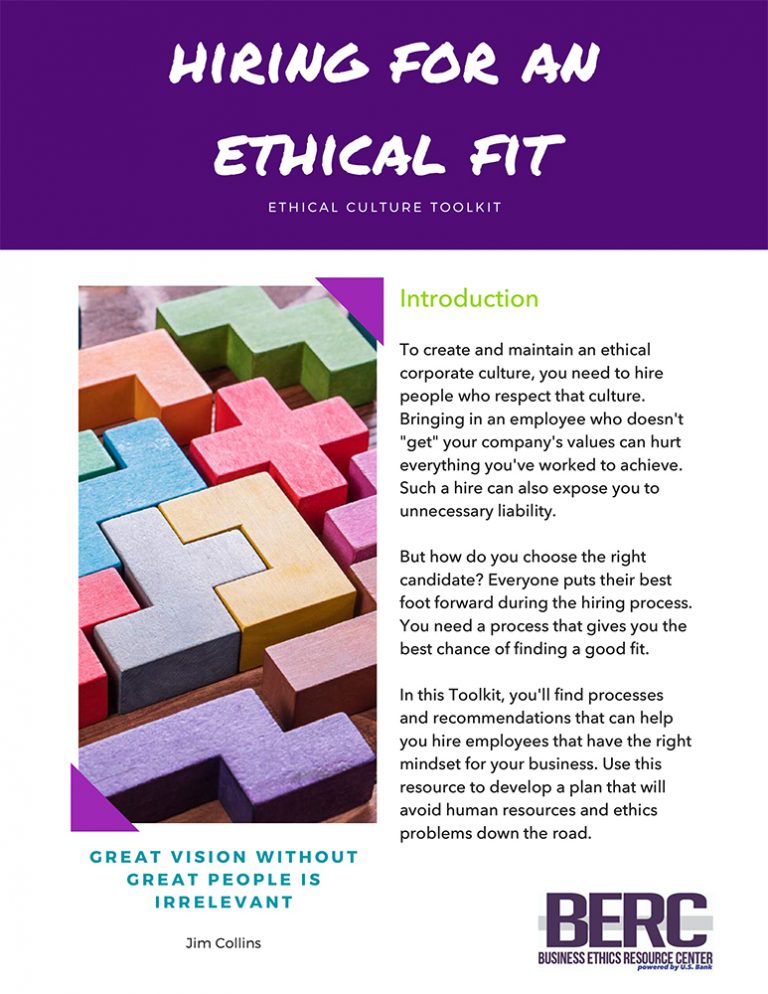
Creating a successful brand image is about finding what’s authentic to your company and letting it come through in your daily actions, says Kate Quinn, chief administrative officer at U.S. Bank.
Trader Joe’s wasn’t always the national phenomenon it is today. Like many businesses, it started small, with a single store in Southern California. Kate Quinn, chief administrative officer, U.S. Bank, remembers it well. She shopped at that first Trader Joe’s and recalls the brand as one of the first to earn her trust. “They knew who they were, they delivered on their promise, and I knew what to expect every time I shopped there,” Quinn says. “I trust the products they buy, where they come from and the pricing. The best part is, when I go to Trader Joe’s today, it’s still consistent with what I first saw.”
Today, as the chief administrative officer and architect of the U.S. Bank brand and corporate strategy, Quinn stresses similar fundamentals in building a brand that people know and trust. Start your brand build Building a trusted brand doesn’t have to be expensive. Any business can do it. Take the example of U.S. Bank. The U.S. Bank brand build journey began four years ago, building on its legacy as a 150-year-old institution. When Quinn joined the bank, she was tasked with identifying the principles and language that would create a cohesive brand message for both internal and external audiences.
Quinn’s leadership prompted U.S. Bank to adopt its first company-wide purpose statement: “We invest our hearts and minds to power human potential.” The bank also laid out five core values that back up that statement:
- We do the right thing.
- We power potential.
- We stay a step ahead.
- We draw strength from diversity.
- We put people first.
In this Q&A, Quinn shares her insights on what every business should consider when delivering on its brand promise.
What advice do you have for small business owners who want to build a reputable brand?
Quinn: Number one, be authentic. Don’t make a promise about something that you’re not delivering on. For example, don’t say you’re going to be the best customer service company in the world because that’s what sounds good and then not deliver on it. It’s better to explain to a customer that they might wait a little longer, but the quality of the product will be a little bit better — or to offer some other value proposition. Make sure that what you’re saying is what you’re delivering. Number two, listen to your customers. Make sure your customers are feeling the same way about what you’re delivering as what you think you’re delivering. Listen to feedback from your customers and ensure there’s alignment. Don’t push away the feedback, because soon you’ll be out of business.
What tool does U.S. Bank use that a small business can emulate?
Quinn: Listening to social media is a good thing. You should always read your own propaganda. It doesn’t cost any money to go online and search your own business to get some honest feedback. The easiest thing to do is to talk yourself out of why the bad feedback isn’t true — but don’t do that. Dig in and make sure you’re addressing it.
How do you make an internal culture of trust show up in the world?
Quinn: You can’t tell people to “trust me.” It sounds like a used car salesman. Your principles show your customers that you’re trustworthy. We treat each other with respect every day inside the company. We have specific principles that guide how we treat each other. For example, we ask questions like, “Would you sell this product to your grandmother?” and, “Is this doing the right thing?” It starts with how we treat each other in the company and, eventually, it shows up outside.
Could you share a story about how you’ve approached branding at U.S. Bank?
Quinn: When I came to U.S. Bank, brand building was the big thing I was hired for. Nobody felt like we were getting enough credit for the good things we were doing and the way we came through the financial crisis. I think people expected my work to become some type of advertising campaign, but after doing my research and understanding what the root of it was, we didn’t do any advertising. We started branding from the inside out. It was really about finding our competitive advantage, which for us was our culture. So how could we put into words what that culture was? When I started we had different mission statements, vision statements and value statements in all different places across the company. I started thinking we needed a core purpose to align us. It was there, but it wasn’t articulated well. We wrote a position statement, then developed five core values, and that’s what started the whole branding process for us. It wasn’t creating our culture; it was just putting words around the culture that already existed and creating alignment across all of our employees. We focused on that for over a year — and then turned it to the outside.
What was the outcome of that process?
Quinn: You see it everywhere now when you think about the way we communicate with each other. We have conversations about making choices and offering new products, and now we have a common language about doing the right thing.
Read and learn more about the U.S. Bank Code of Ethics and Business Conduct here.
This article originally appeared on the U.S. Bank Financial I.Q. site in 2017. Used by kind permission of U.S. Bank.



Recent Comments